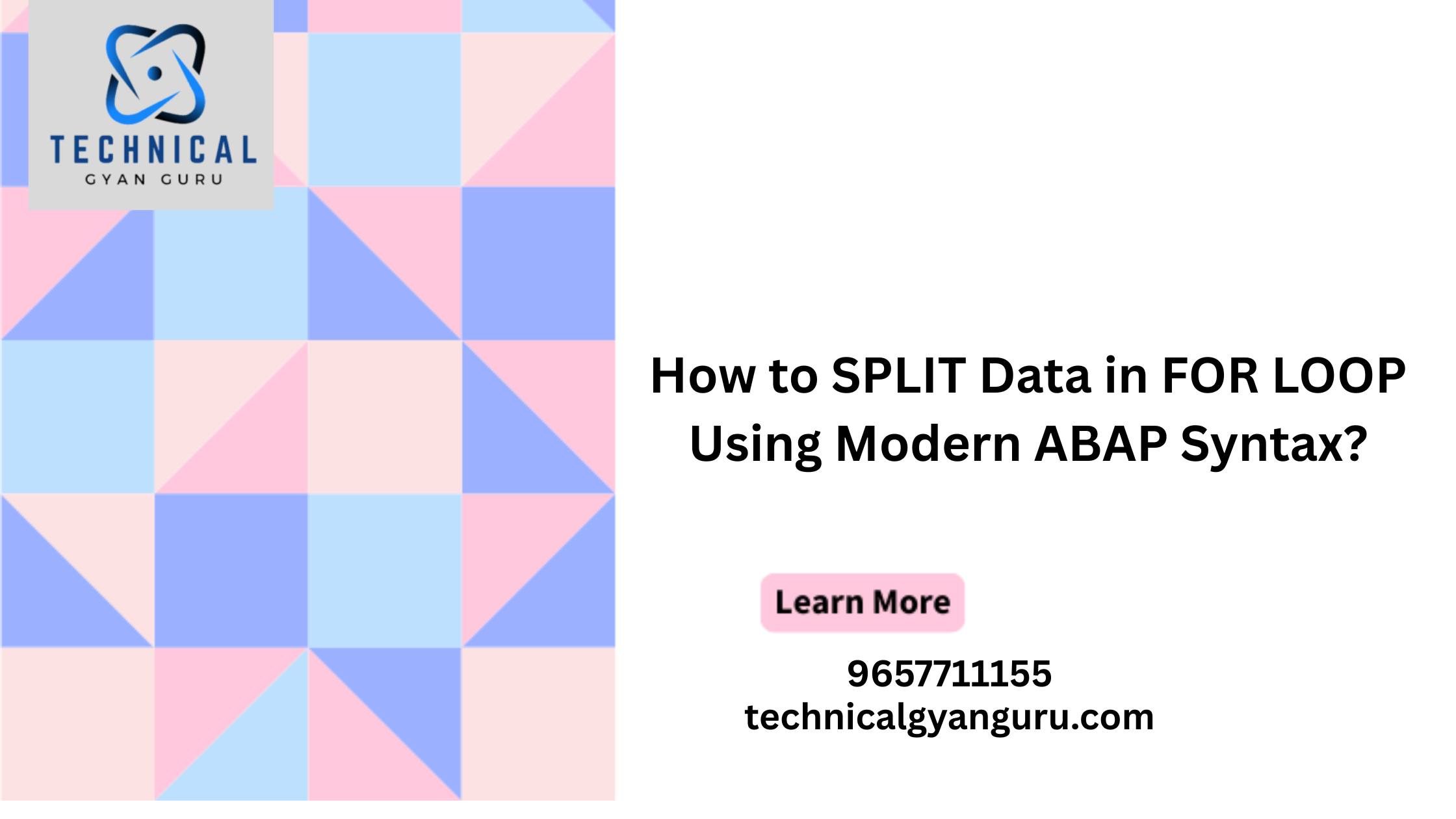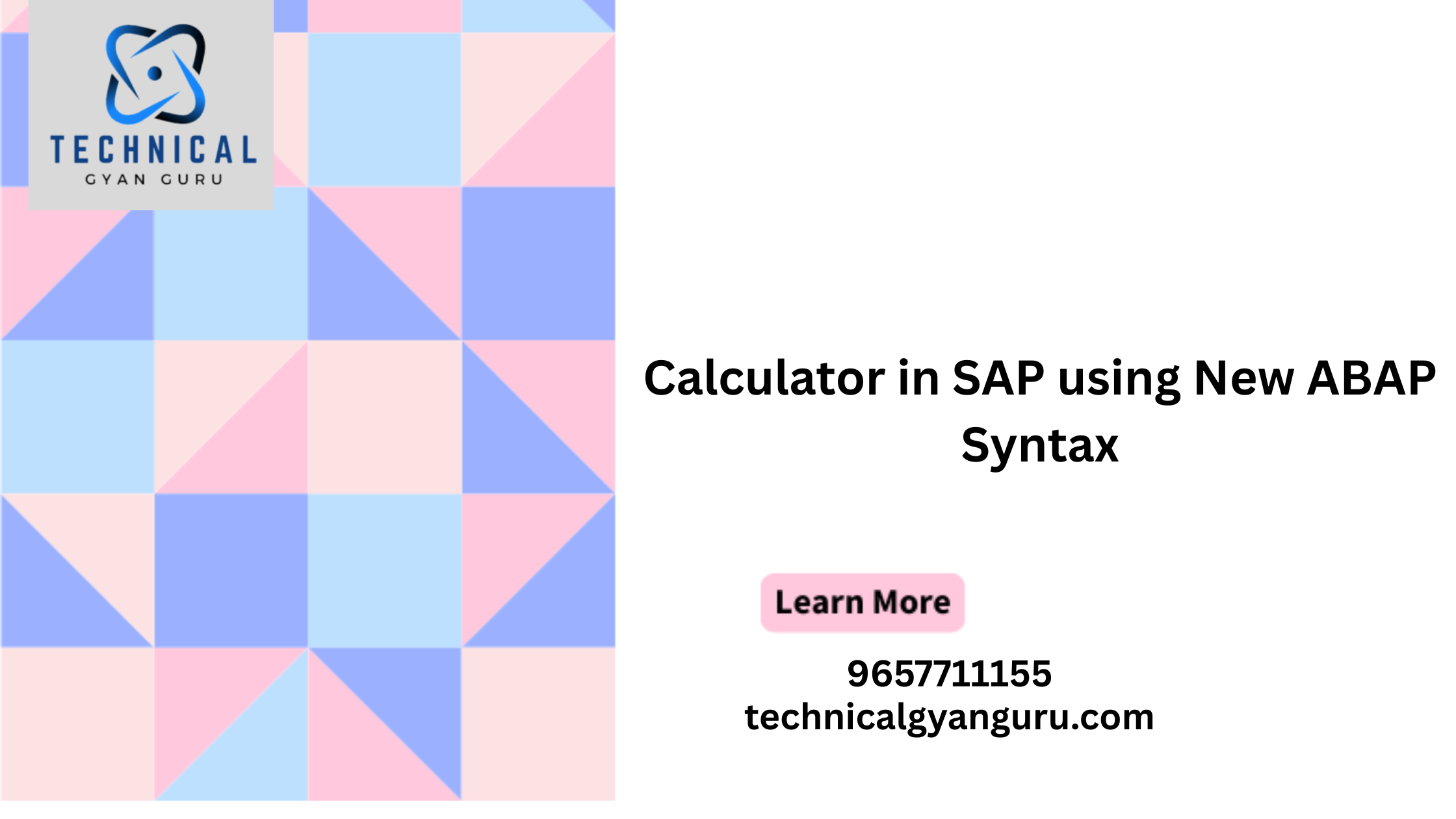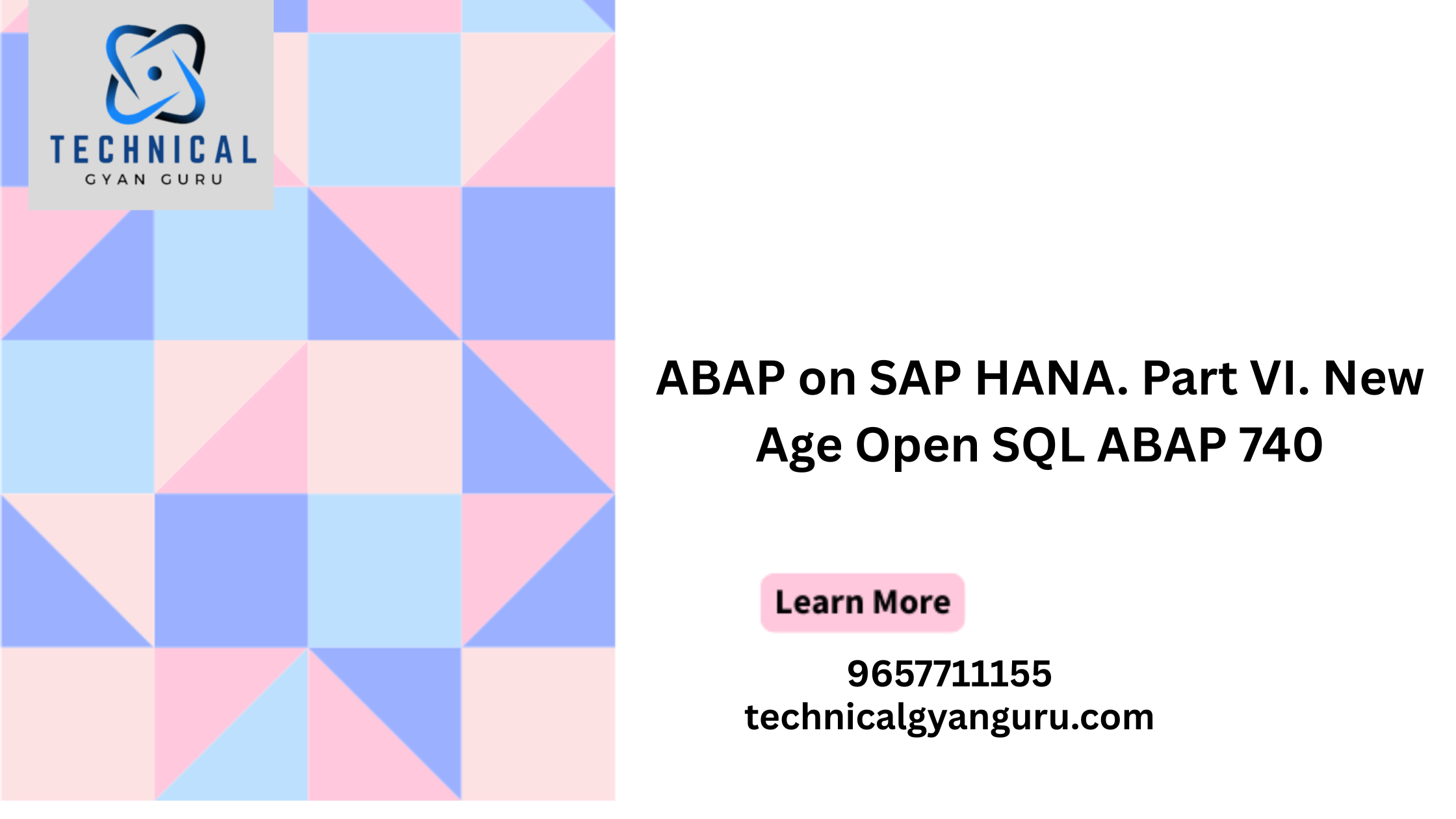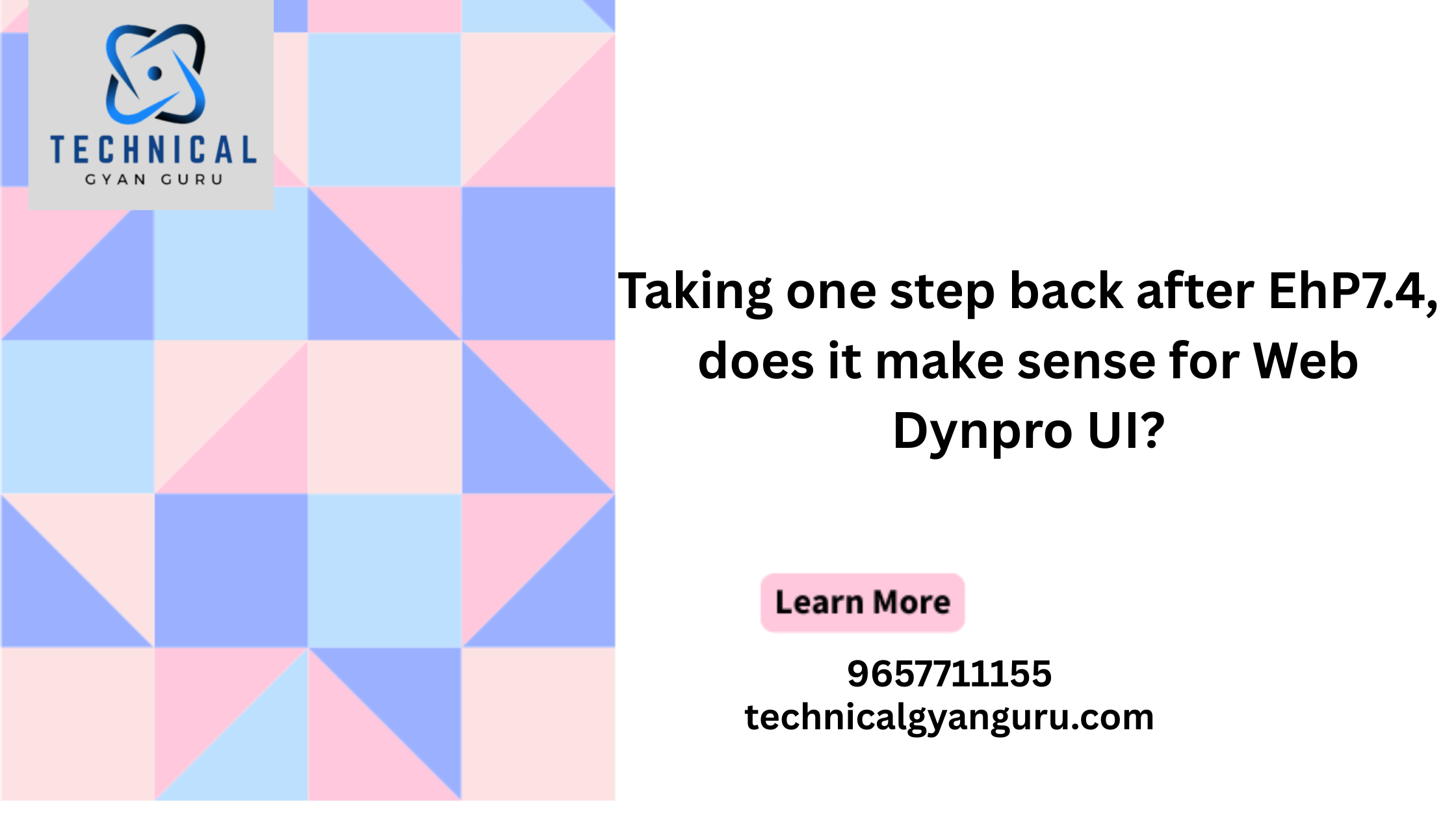SAP Master Data Governance: In today’s fast-paced and data-driven business environment, managing and maintaining accurate master data is crucial for organizations seeking efficiency, compliance, and competitiveness. SAP Master Data Governance (MDG) emerges as a robust solution, empowering businesses to govern their master data effectively. In this blog, we will delve into the significance of SAP MDG and how it plays a pivotal role in unleashing the full potential of an organization’s data assets.
Understanding Master Data Governance
Master data, which includes information about customers, products, employees, and more, is the lifeblood of an organization. Effective management of master data ensures consistency, accuracy, and reliability across various business processes. SAP MDG is a comprehensive solution designed to centralize, standardize, and streamline the creation and maintenance of master data.
Key Features of SAP MDG:
- Centralized Data Management: SAP MDG provides a centralized platform for managing master data, allowing organizations to create, modify, and retire data from a single, unified interface. This ensures that data is consistent across the enterprise, reducing the risk of errors and discrepancies.
- Data Quality and Consistency: The solution enforces data quality and consistency through predefined business rules and workflows. This not only improves the accuracy of master data but also ensures compliance with industry standards and regulations.
- Workflow and Approval Processes: SAP MDG incorporates robust workflow and approval processes, enabling organizations to define and enforce data governance policies. This helps in maintaining data integrity and ensures that changes to master data go through a controlled and auditable process.
- Integration Capabilities: Seamless integration with other SAP applications and third-party systems is a key strength of SAP MDG. This allows organizations to synchronize master data across various business functions, enhancing interoperability and efficiency.
- Data Replication and Distribution: SAP MDG supports the replication and distribution of master data to different systems within an organization’s landscape. This ensures that accurate and up-to-date information is available across the entire enterprise.
Benefits of SAP MDG:
- Improved Data Quality: By enforcing data governance policies and validation rules, SAP MDG helps organizations maintain high-quality master data, reducing errors and enhancing overall data reliability.
- Increased Operational Efficiency: The centralized nature of SAP MDG streamlines data management processes, leading to increased operational efficiency. Automated workflows and approval processes accelerate the creation and modification of master data.
- Enhanced Compliance: SAP MDG supports compliance with regulatory requirements and industry standards. By establishing and enforcing data governance policies, organizations can ensure that master data meets the necessary compliance criteria.
- Better Decision-Making: Accurate and consistent master data is crucial for informed decision-making. SAP MDG provides a foundation for reliable data, empowering organizations to make strategic decisions based on a single version of the truth.
Conclusion
In a data-centric business landscape, effective master data governance is not just a necessity but a strategic imperative. SAP Master Data Governance emerges as a comprehensive solution, offering organizations the tools they need to manage, govern, and leverage their master data effectively. By implementing SAP MDG, businesses can unlock the full potential of their data assets, driving efficiency, compliance, and ultimately, success in today’s competitive market.







